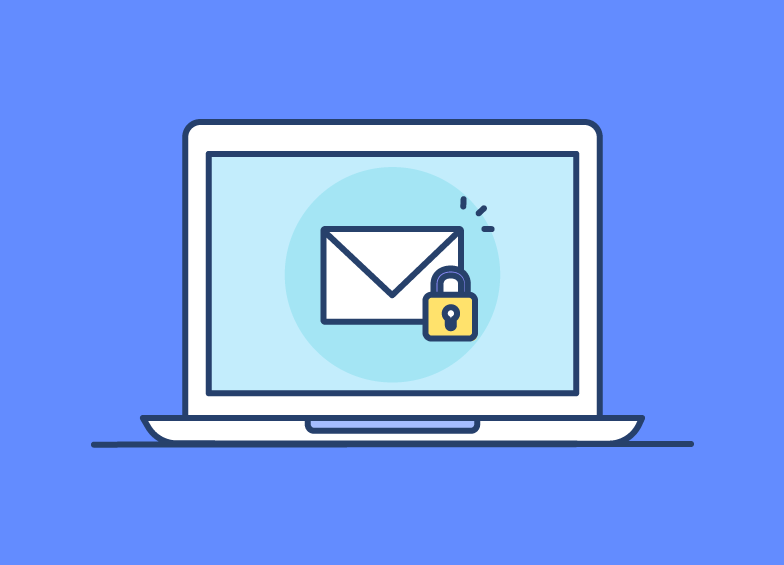How to safely send email campaigns during a crisis?



Benjamin Billon
Catégorie : Email marketing
Everybody knows about the current crisis, and it is forcing us all to adapt our lifestyle and way to work, socialize and communicate. French schools, for instance, very quickly asked teachers and parents who did not have an email address yet to create one at Laspote.net, this webmail being the only French, free and public one. Within a few days, a lot of emails were exchanged on this platform, often with heavy attachments (documents to print, audio files or videos).
Malicious actors on the Internet of course benefit from the increased use of IT tools, in an environment that is generally less secure than that of the office. Orange estimates that phishing and email scams have increased by 600% over the pre-crisis level against their users. For Gmail, which usually blocks 100 million phishings per day, that’s 18 million additional context-related phishings, and 240 million more spam per day. These emails take various forms, although generally taking up already proven mechanisms (“You missed an important call concerning the crisis”, or CEO scams “Hello it’s the boss, please transfer money immediately for the purchase of hygiene and protective equipment”). And of course spams offering the possibility of purchasing this material, which at best will be of poor quality, but most of the time will never be sent.
At the same time, many brands have deemed it important to send emails to all their contacts, even those who have been inactive for several years, to announce that a store is closing or that everything is normal. Some restaurants wanted to reassure their customers by indicating that they were doing their best to provide a safe and clean environment. We can hope this was already the case before the crisis!
All of this has contributed to causing breakdowns in operators, while these are the same operators on which teachers and parents, but also members of the medical profession or the government rely to communicate and work together to end the crisis.
Volume peaks generally take place in the morning and early afternoon, undermining operators’ infrastructure and drowning mailboxes. Carmen Piciorus, anti-abuse manager of Laposte.net’s webmail, strongly suggests to avoid sending at 10 a.m. and 2 p.m., both so as not to add to existing or anticipated traffic (in particular during announcements regarding the end of lockdown), and to prevent emails from being rejected due to the lack of availability of the platform.
Make sure you have all the relevant information available and easily accessible on your e-commerce website, as this is where your customers will go for the most up-to-date information (not in their emails).
Next, define the main reason for sending the message, and adjust the targeting accordingly.
In the past, campaigns related to GDPR coming into effect have generated weariness and mockery on the one hand, and deliverability problems following the numerous hard bounces and complaints on the other hand. An experience not to be reproduced, especially since according to our data, inactive people of 6 months or more on the email channel no longer buy following the sending of an email, while the risks of hard bounces, complaints and spamtraps are increased significantly.